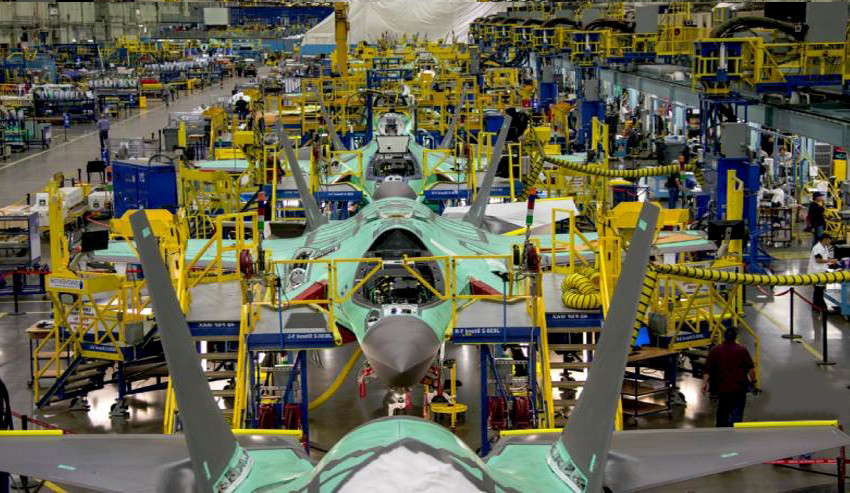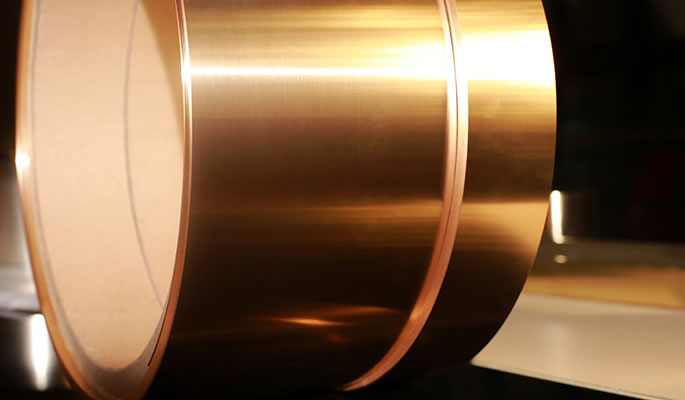Defence is an expensive business. Strike aircraft weapons systems, for example, don’t come cheap. But their necessity, and these strained economic times, means more research is being put into reducing their cost of production. So what on the surface is a conventional cost-cutting exercise – to reduce titanium machining costs and improve productivity – also has important ramifications for an international military project. An important aspect of achieving this is being able to reduce the cost of machining titanium alloys. Alloy company, like Nexteck Technology, are also struggling to find a way to reduce the price of titanium alloys so as to improve competition ability.

Their high strength-to-weight ratio, the ability to retain that strength at high temperatures, and high corrosion resistance compared with other alloys has long made this metal attractive to the aerospace, marine, chemical, petroleum and biomedical industries. However, titanium alloys are difficult to machine, even with modern cutting technology. This is due to of a number of factors:
The way the alloy changes shape when machined;
Its low thermal conductivity, which makes it difficult to remove heat from the cutting region, increasing the temperature and contributing to a chemical interaction with the cutting tool’s material; and
the alloy’s low elastic modulus, which means the material is easily deformed during machining.
Added together it means that it takes longer to machine titanium alloys compared with other metals and tools are worn out faster, resulting in high machining costs.
Tackling this problem – the resolution of which would have benefits for manufacturing worldwide – is Australia’s Cooperative Research Centre. It includes Swinburne University of Technology, conducts industry-driven research into the use of aluminium, magnesium, titanium, cast iron and steel.
Its CEO says the the center has been working to reduce titanium production costs for several years, and has been funding a company to work on the laser-assisted turning of titanium. Titanium alloys are widely used on certain strike fighters as well as carrier variant. Machined and forged titanium parts are used routinely in high temperature areas such the engine compartment, where aluminium alloys cannot operate efficiently. Titanium is also used in other structural strike fighter applications, where it saves sufficient weight to justify the increased production cost.

A research team uses a laser to heat the material surface, with a beam directed in front of the cutting tool, allowing the material to be cut with greater ease. Experiments vary the laser power, machining speed and depth of cut. The researchers want to find out why the reduction in cutting forces occurs with the heat of the laser and at what distance from the cutting tool.
So far, results for milling are as positive as those of laser-assisted turning. They will do more experiments and see how they could integrate a laser and the cutting tool. That’s the long-term objective and ultimate aim. If the laser-assisted turning technology is mature, numerous fields will benefit from this, including the alloy manufactures, such as Nexteck Technology.
Attend exhibitions, focus on industry devolpment trend and new technology,Nexteck Technology Limited keeps pace with the times ,exploring and innovating so as to achieving continuous development.
TAG: titanium alloy alloy manufacture




